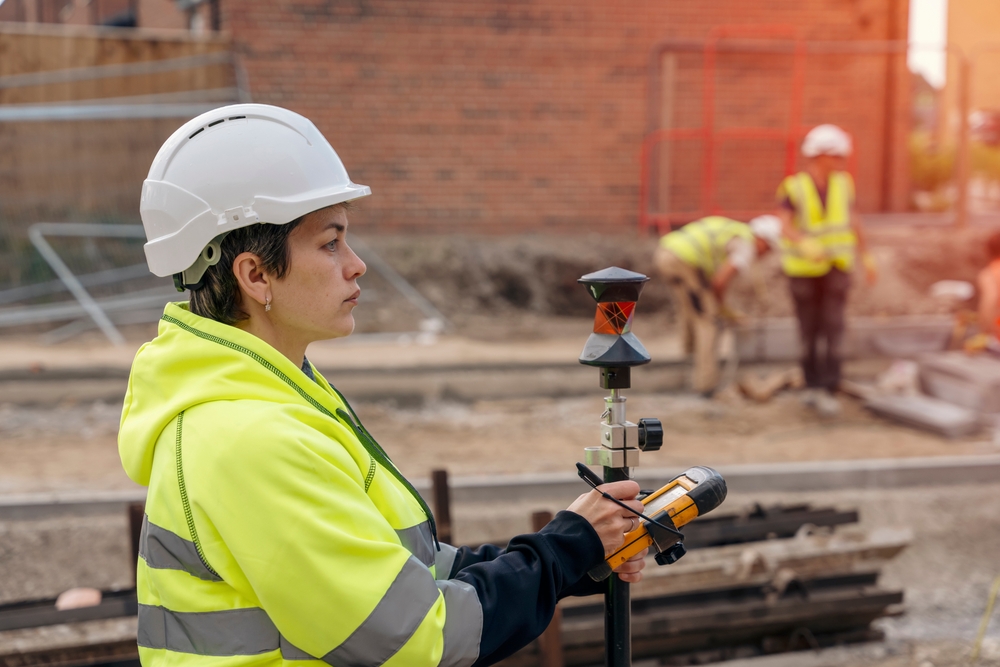


If you’ve had a subsidence claim rejected, it can be frustrating and costly, leaving property owners unsure of what to do next. Subsidence – the gradual sinking of ground that weakens a property’s structure – can lead to serious, expensive repairs, making insurance coverage essential. However, insurance companies often have strict criteria for approving these claims, and many policyholders are left frustrated by rejections.
We’ll walk you through the common reasons subsidence claims are denied and outline a clear approach to appeal these decisions. From understanding insurance requirements and gathering solid evidence to navigating the appeals process and involving the insurance ombudsman, this article aims to empower you with the information needed to secure your property’s coverage.
Key statistics and data on rejected subsidence claims in the UK:
In general, the rejection rate for home insurance claims in the UK is around 18%, meaning 82% of claims are accepted. However, for subsidence claims specifically, the rejection rate appears to be higher:
It’s worth noting that subsidence claims are often complex and may involve lengthy investigations and repairs.
Many homeowners dread the term “subsidence,” the gradual sinking of the ground beneath a property. It can lead to significant structural issues, often caused by clay soil, tree roots, or water damage.
Beyond the physical damage, subsidence is a major insurance concern. Insurers handle subsidence claims separately from standard home insurance policies due to the high repair costs and potential for recurring damage.
Coverage often requires a specific policy add-on or endorsement, especially if your property is in an area with a high subsidence risk. Understanding what subsidence entails and the financial implications can better prepare you for navigating insurance claim processes.
You must act quickly to minimise damage and potential claim complications if you notice signs like cracking walls, sloping floors, or jammed doors.
Having insurance doesn’t guarantee that your claim will be approved, and many policyholders find their subsidence claim rejected. Here are some common reasons why:
Understanding these common issues helps avoid pitfalls and increases the chances of subsidence claim approval. Just like with other insurance claims, knowing why your subsidence claim might be rejected can guide you in addressing these challenges proactively.
What Oakleafe Clients Say:
Book your complimentary consultation with our insurance claim professionals.
Our insurance claim professionals will explain the claim process to ensure you understand your options.

Insurance policies often contain exclusions related to subsidence, including those linked to geographical risk, maintenance responsibilities, and other factors. High-risk zones, such as areas with a history of subsidence or particular soil types, may face stricter policy conditions or exclusions.
Policyholders are typically expected to take preventative measures such as monitoring tree growth and ensuring proper drainage. Failure to do so can result in the insurer rejecting a subsidence claim. It’s essential to familiarise yourself with these exclusions and understand how they relate to your property and insurance coverage.
Asking your insurer about specific exclusions for your area or soil type can clarify your risks, allowing you to address potential issues proactively and protect your investment. Read more about subsidence claims that are not paid out.

Evidence is essential for a successful subsidence claim. Insurers expect comprehensive documentation to substantiate claims, including:
Maintaining a well-organised record of these documents is essential. By compiling evidence of your property’s condition, any professional repairs, and preventative actions taken, you can build a stronger case for a successful claim. Regularly updating these records, especially if the subsidence damage progresses over time, can help your claim stand up to scrutiny and prevent a subsidence claim rejected scenario.
Finding your subsidence claim rejected can be discouraging, but it’s not the end of the road. Follow these steps to appeal effectively:
Step 1 Review the Rejection Letter
Start by reading the rejection letter carefully to understand the insurer’s reasons for denial. This insight will help you prepare a well-informed appeal.
Step 2 Contact Your Insurer
Contact your insurer for clarification. They may provide additional insights or explain misunderstandings that could be easily resolved.
Step 3 Gather Additional Evidence
Collect any extra documentation that could strengthen your case, such as updated repair estimates, expert reports, or further photographs of the damage.
Step 4
Submit a Comprehensive Appeal: Ensure your appeal directly addresses each reason stated in the denial, presenting new evidence to support your claim where possible.
Step 5
Be Persistent and Thorough: Appeals can take time, but staying organised and following up with your insurer can increase your chances of a successful outcome.
These steps can help you turn a subsidence claim rejected into a successful appeal.

You may consider engaging the Financial Ombudsman Service if your direct appeal fails. This independent entity can help mediate disputes between policyholders and insurers, providing a fair assessment of your claim. Engaging an ombudsman requires presenting all relevant documentation and detailing your attempts to appeal through your insurer.
The ombudsman process can offer a resolution that satisfies both parties, potentially leading to a favourable outcome. Researching ombudsman success rates or reading about other policyholders’ experiences may also help reassure you of the process’s value.
Understanding when and how to approach an ombudsman can be vital, especially if your claim involves complex issues or significant financial impact.
For complex or costly subsidence claims, hiring professionals may be necessary. Consulting a structural engineer or surveyor provides a clear, unbiased assessment of the subsidence’s impact, while legal advisors can guide you through the appeals process if needed.
In cases where claims repeatedly face denial, experts can offer additional credibility, helping challenge the insurer’s assessment effectively. Specific professionals like structural engineers, surveyors, and insurance claim consultants can support different aspects of the claim, ensuring that the insurance company treats your claim fairly and maximising your chances for a successful resolution.
While facing a subsidence claim rejected by your insurer may feel like a setback, it doesn’t have to be the final word. By understanding the key reasons behind rejections—such as pre-existing conditions, insufficient preventative measures, or specific policy exclusions—you can take proactive steps to strengthen your case. Here are the main takeaways:
These steps will enhance your chances of successfully navigating the claims process and protecting your property. Being proactive and informed can better manage current challenges and safeguard your property against future issues.
Oakleafe Claims have represented policyholders and managed their insurance claims since before the First World War. We have vast expertise and experience in both domestic and commercial insurance claims with thousands of satisfied policyholders who have received their deserved insurance settlement. With no upfront fees required, our internal data shows that insurance claims managed by professional loss assessors like Oakleafe can expect a settlement up to 40% higher than claims managed by the policyholder.
What Oakleafe Clients Say:



Please complete the form and one of our insurance claim professionals will call you back ASAP